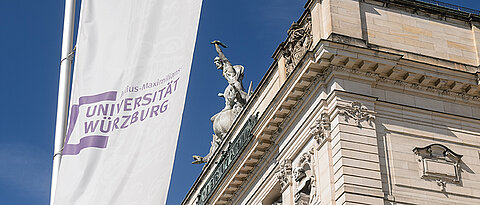
In the latest university ranking by Times Higher Education, several disciplines at the University of Würzburg perform excellently. ‘A strong signal,’ says President Paul Pauli.
more
In the latest university ranking by Times Higher Education, several disciplines at the University of Würzburg perform excellently. ‘A strong signal,’ says President Paul Pauli.
more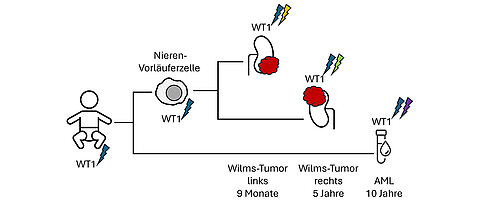
New research shows how cancer develops in children who are predisposed to Wilms' tumor. This could help to predict the development of tumors before they fully form or to develop new, targeted therapies.
more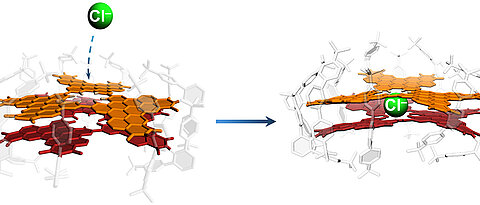
Würzburg chemists have for the first time created a defect in graphene that allows ions to pass through. As they report in ‘Nature’, this could lead to new applications in water filtration or sensor technology.
more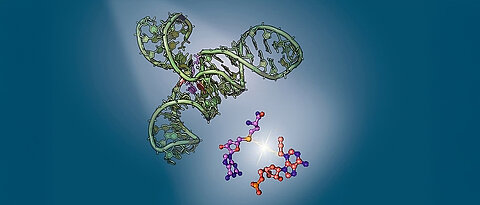
Researchers led by chemist Claudia Höbartner have now uncovered the 3D structure of the RNA enzyme SAMURI. Their study provides insights into the development of ribozymes and the evolution of catalytically active RNA.
more![[Translate to Englisch:] none](/fileadmin/_processed_/6/7/csm_0113Sonate-Braende-USA-www_e54845b248.png)
The Würzburg University satellite SONATE-2 has taken an impressive photo of the fires in California.
more
A new look at cancer cells: Würzburg researchers show in the journal ‘Science’ how therapeutic antibodies work – thanks to an innovative method of super-resolution microscopy.
more![[Translate to Englisch:] none](/fileadmin/_processed_/c/a/csm_1217NahaufnahmeSchwarzesLoch1www_7fb67a343c.png)
Two networks of telescopes zoom into a distant galaxy: they show, how pictures of a black hole and its jets become possible - and they confirm that there are strong magnetic fields there.
more
A new radio telescope on the top of Germany's Zugspitze mountain will help unravel the secrets of the universe. The project is led by the Chair for Astronomy at the University of Würzburg.
more
Students at the University of Würzburg award high marks for computer science, mathematics, and physics. In the CHE Master's Ranking 2024, all three subjects achieved strong results.
more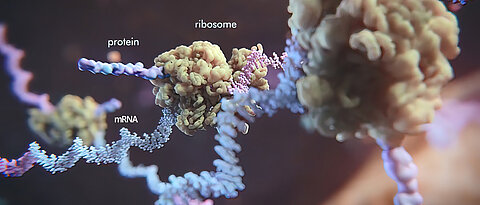
Researchers at the University of Würzburg have discovered a process that breaks down mRNA molecules in the human body particularly efficiently. This could be useful, for example, in the treatment of cancer.
more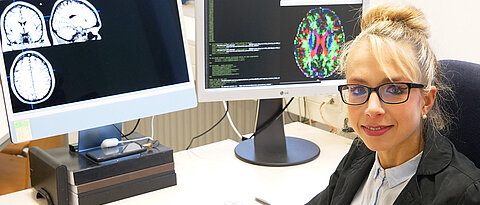
A team of Würzburg neuroscientists investigates communication pathways in the brain and predicts intelligence. A new study approach uses machine learning to improve our conceptual understanding of intelligence.
more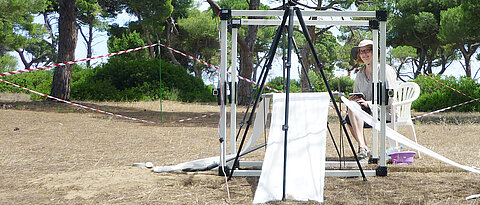
Many animals orient themselves using their sense of magnetism. However, this can be based on different physical mechanisms. A research team from Oldenburg and Würzburg has now investigated the navigation of the desert ant.
more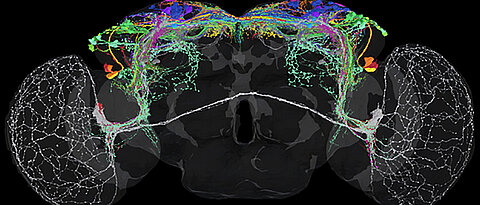
Circadian clocks control physiological processes and behavior in virtually all living organisms. Now an international research team led by researchers from the University of Würzburg has created a detailed map of the internal clock in the brain of the fruit fly.
more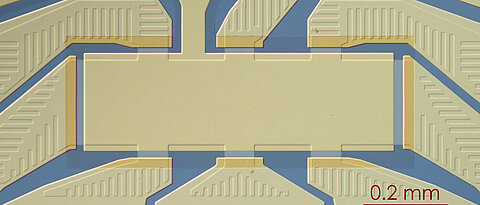
Scientists at the University of Würzburg and the German national metrology institute (PTB) have carried out an experiment that realizes a new kind of quantum standard of resistance. It’s based on the Quantum Anomalous Hall Effect.
more
Würzburg chemist Lutz Nuhn has been awarded two million euros for a new research project: he aims to develop an innovative transport system that could make RNA vaccines even better.
more